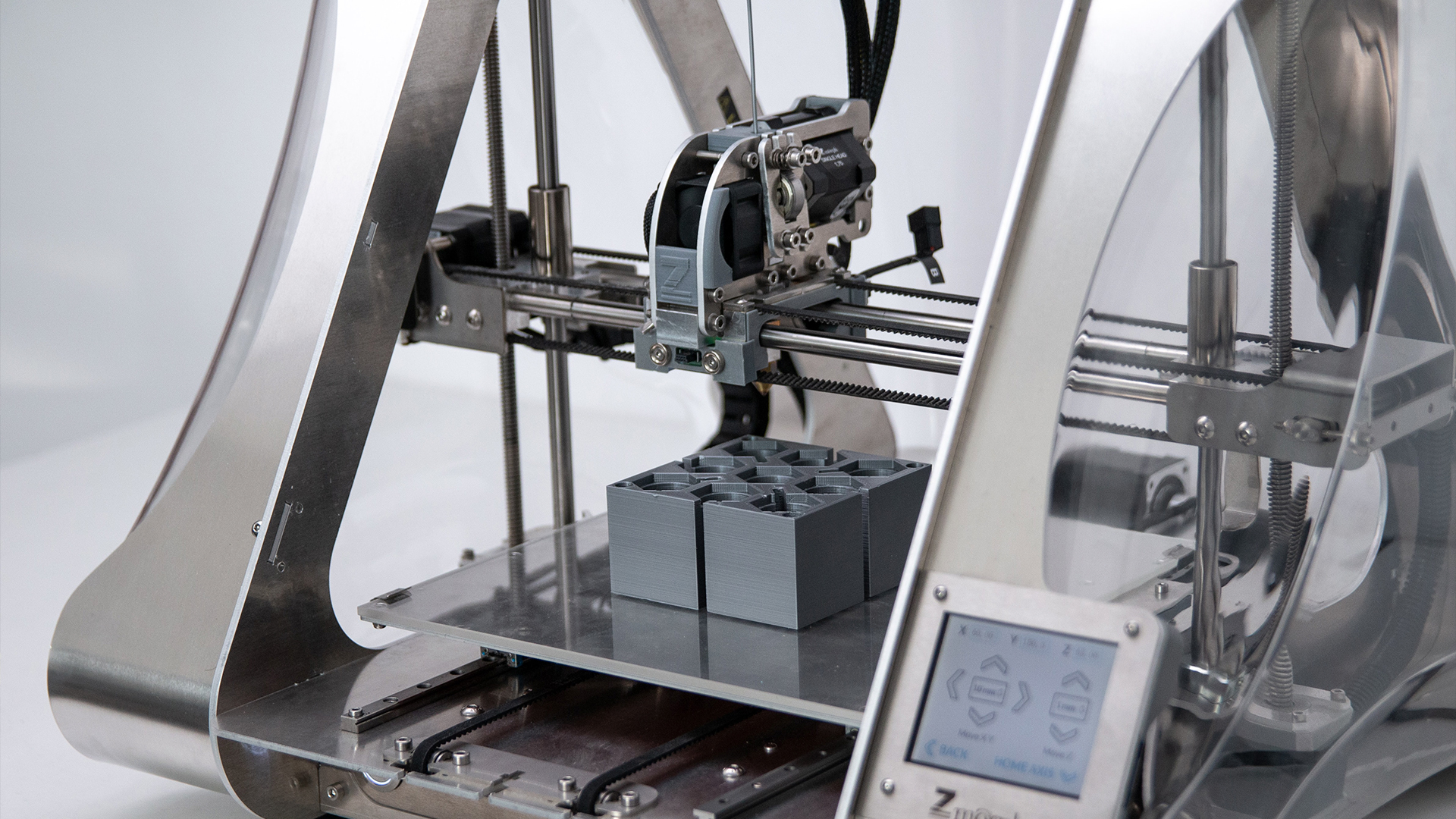New production technologies open the door to the progress. Thanks to them truly innovative products are produced. Let’s find out which areas are most susceptible to technological change.
Automation and Cobots
According to the Robotics Industry Association the most promising direction is the introduction of cobots into the production. These are the collaborative robots set up for close cooperation with a human operator. This is an important advantage over the giant robotic machines, especially for microenterprises.
For example, Robotiq company has developed a software package that allows manufacturers to easily create complex grinding patterns on the contoured surfaces. Secure interaction with the operator has reduced a multi-day software operation to a twenty-minute process.
New 3D printing production technologies
Nowadays 3D printers are making parts for houses, cars, drones, and biological tissues. In the future according to HP 3D Printing and Digital Manufacturing specialists the combining materials will be introduced, developing bioprinting and digital anatomy, and optimizing prototyping.
HP is experimenting with encoding digital information into the texture of a product. This is one way to mark either overtly or covertly any printed part to avoid counterfeiting.

Virtual Reality (VR)
New technologies in industry are impossible without VR, because it simplifies the product design process by eliminating the need for complex prototypes. Designers and engineers use it to create realistic models, allowing them to digitally see their designs and eliminate potential problems before starting production. Customers can also study the product. All this shortens the time from design to production.
In the near future VR will become increasingly real – creators and consumers will not only see a three-dimensional product, but also feel it, smell it, check the colors, etc. This will lead not only to a creative breakthrough, but also to an even greater acceleration of the creation of new products.

